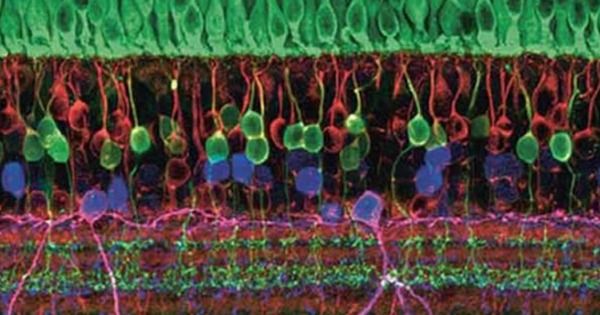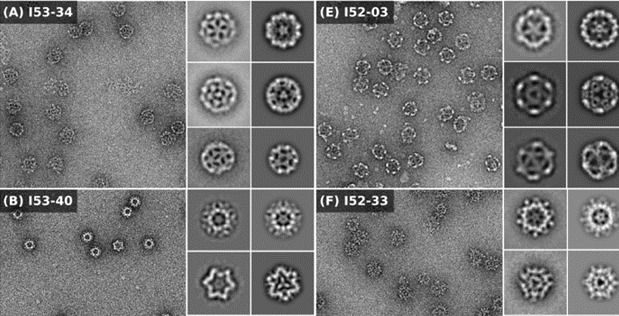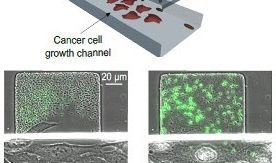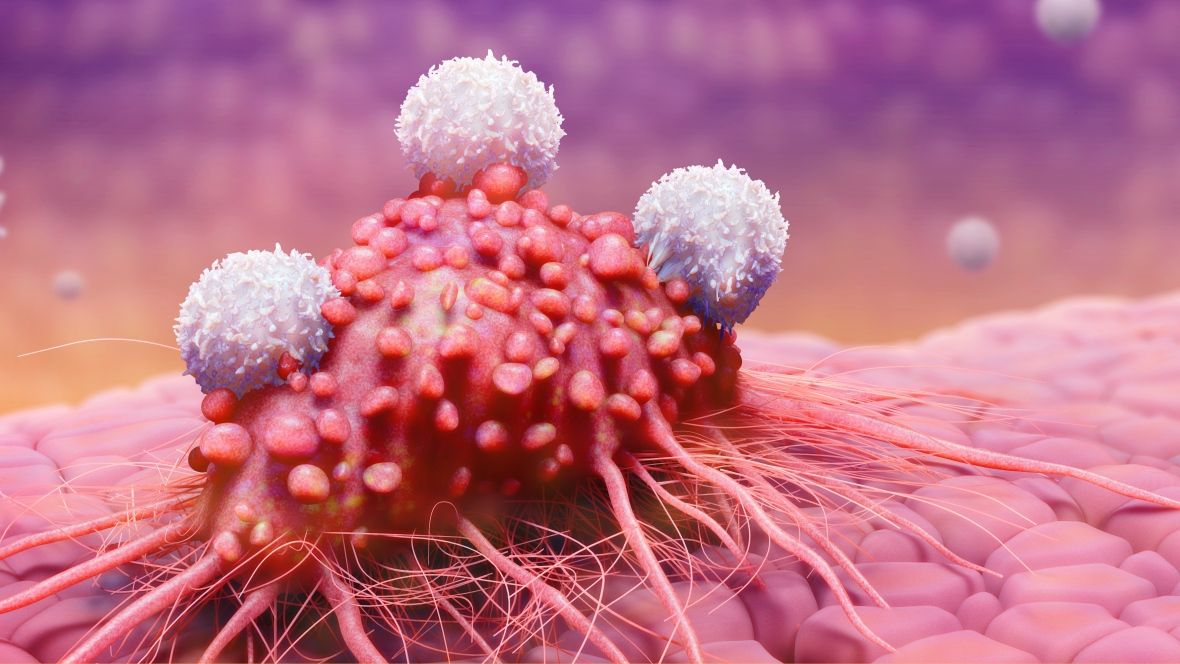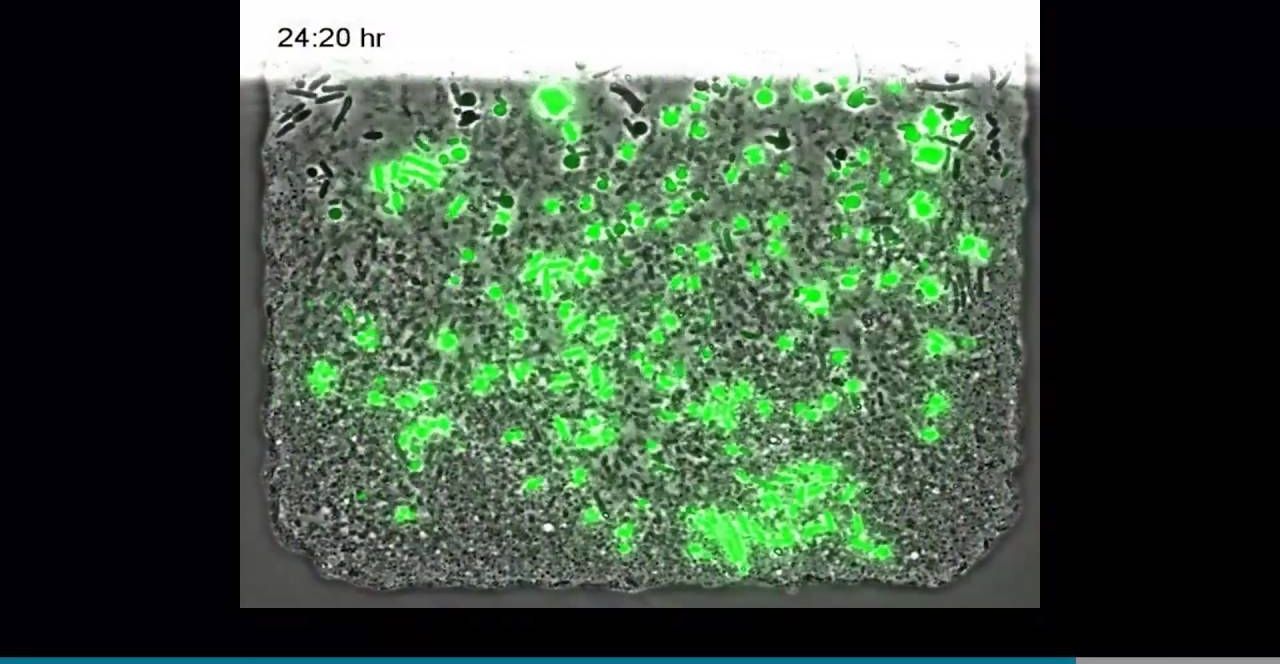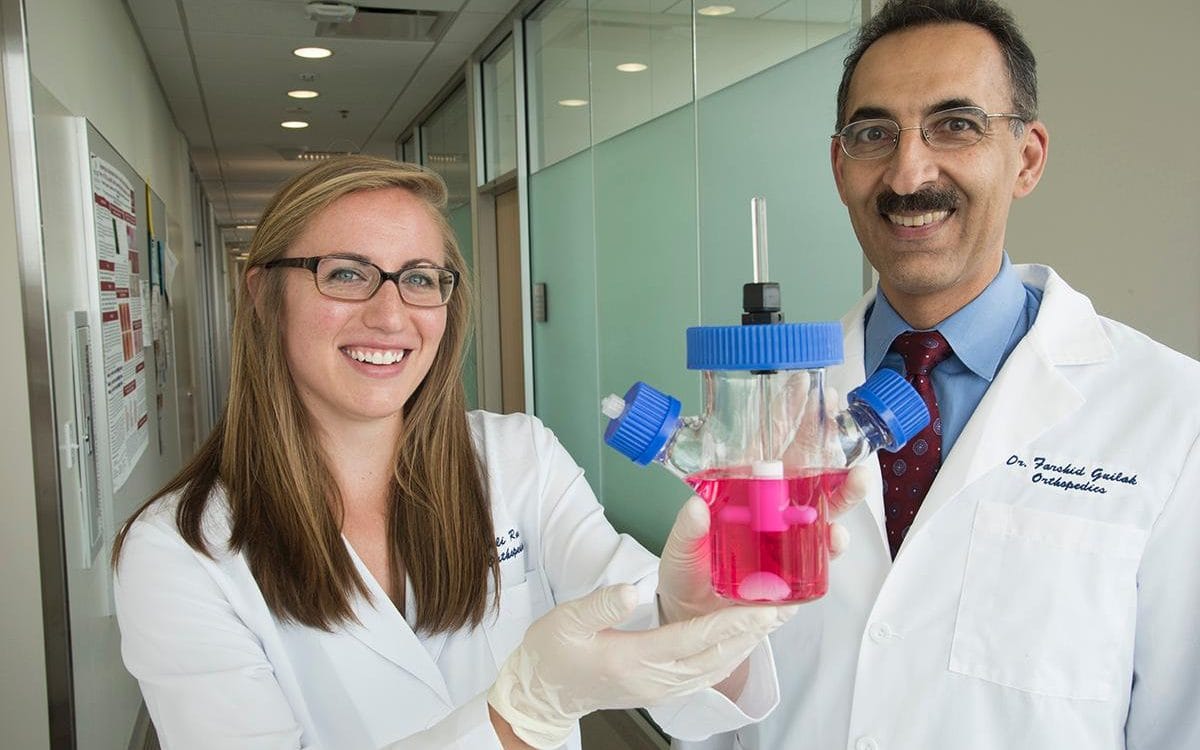Jul 26, 2016
We’re Understanding How The Brain Functions By Linking Retinas To Chips
Posted by Karen Hurst in categories: biotech/medical, computing, genetics, neuroscience
Many folks are not aware that one of the early detections of GBM is through a person’s weakened eyesight as well as Ophthalmologist examinations.
The retina is essentially part of the brain. Studying them led researchers one step closer to understanding how the brain processes stimuli.
There is a genetically transmitted disease that causes the eyeballs to twitch back and forth, and it’s called Nystagmus. It impacts 1 in 1,500 men. Notably, it has been recently discovered that the twitching is caused by the miscalculations done by the retinal neurons in converting visual stimuli into electrical signals.
Continue reading “We’re Understanding How The Brain Functions By Linking Retinas To Chips” »
